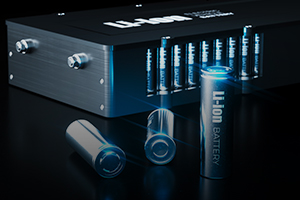Million Mile Battery

When it comes to lithium-ion battery technology, one of the main goals of research has been increasing their useful life. Current commercially available batteries are good for about 1,000 charge cycles (300,000 to 500,000 miles) before their energy-holding capacity degrades to the point where they need to be replaced. But a new lithium-ion battery has been designed that will withstand up to 4,000 charge cycles while retaining 90 percent of its charging capacity.
For the most part, the components don’t differ all that much from other lithium-ion batteries – a graphite anode, an electrolyte made from lithium salts and other ionic compounds, and a cathode made from Lithium Nickel Manganese Cobalt Oxide (NMC). But rather than focusing on varying the lithium compounds to improve performance, the researchers looked at the cathode itself.
An NMC cathode is typically constructed of many small crystals. Over time, with many charge-discharge cycles, they can develop cracks. Instead, the new battery cathode is made of larger crystals, which are less susceptible to fracturing. The researchers (in partnership with Tesla) were recently awarded a patent for a single-crystal NMC lithium-ion battery design.
For information: Jeff Dahn, Dalhousie University, 6410 Coburg Road, Halifax, Nova Scotia, Canada B3H 4R2; phone: 902-494-2991; email: Jeff.Dahn@dal.ca; Web site: https://www.dal.ca/